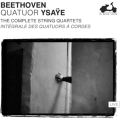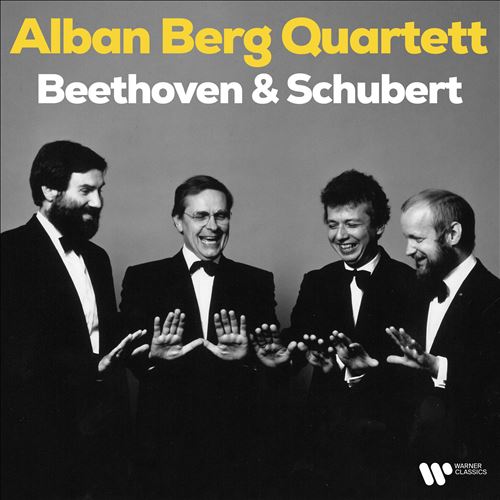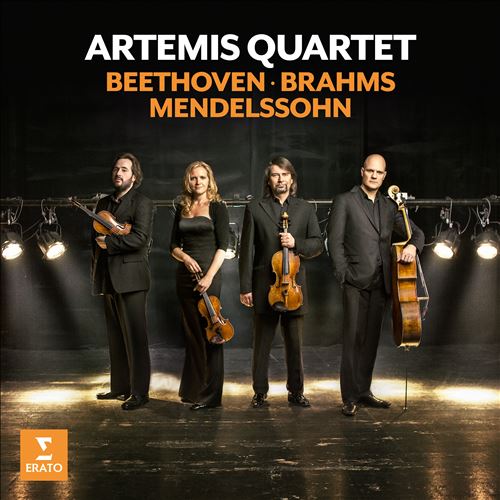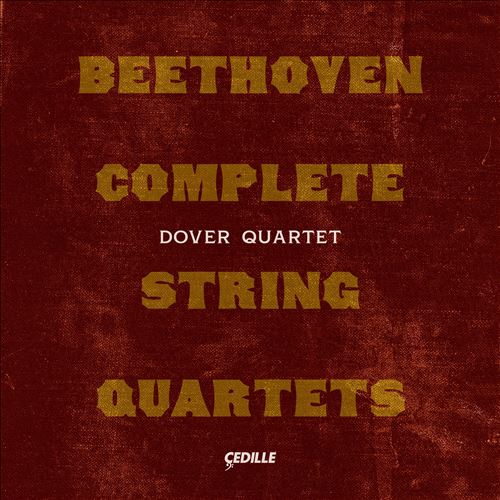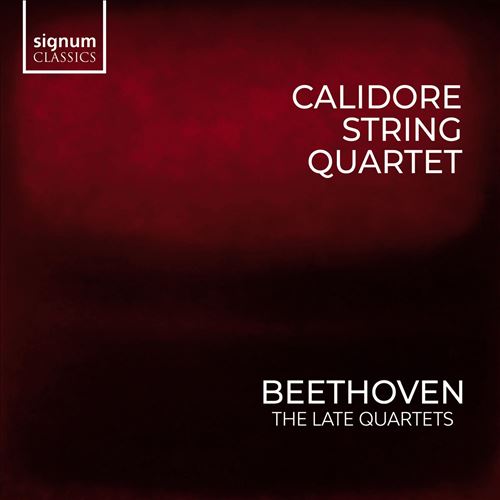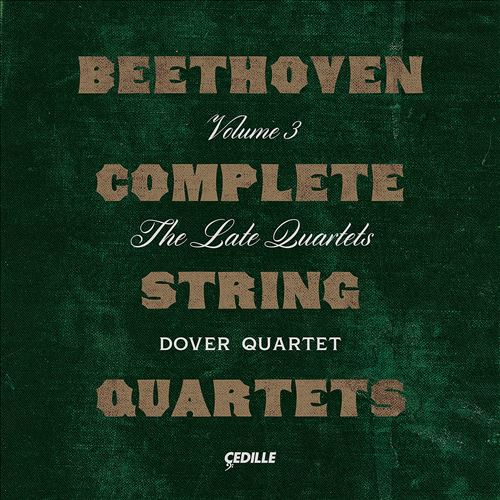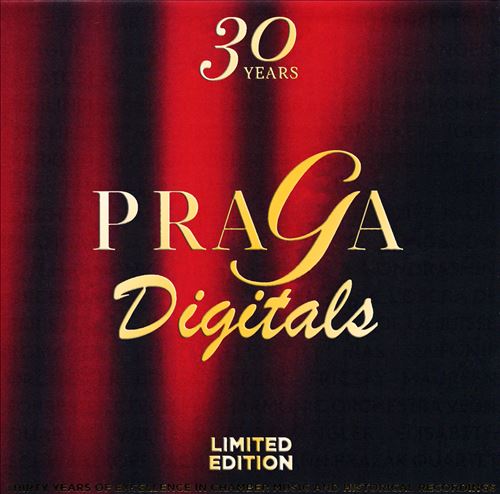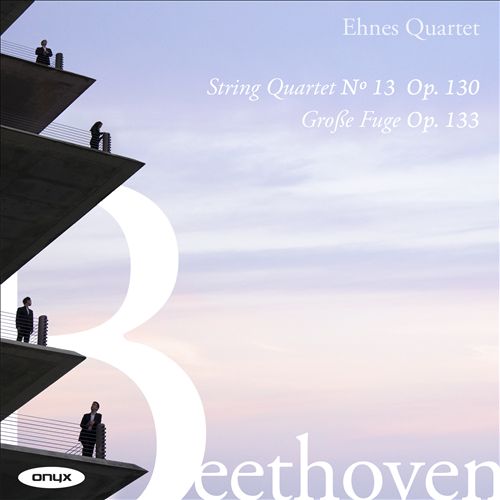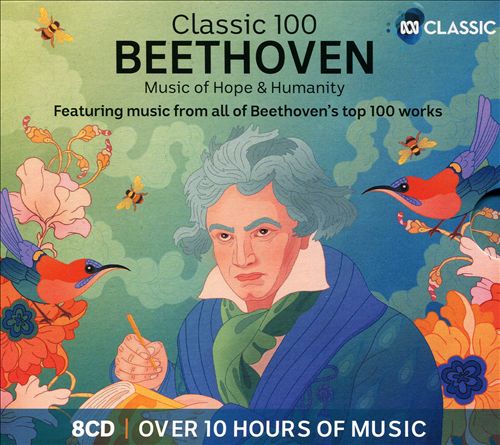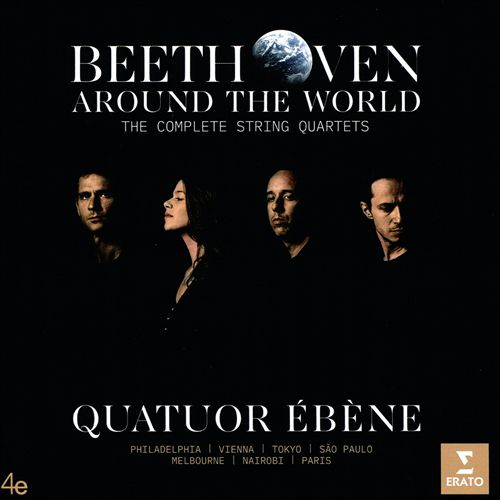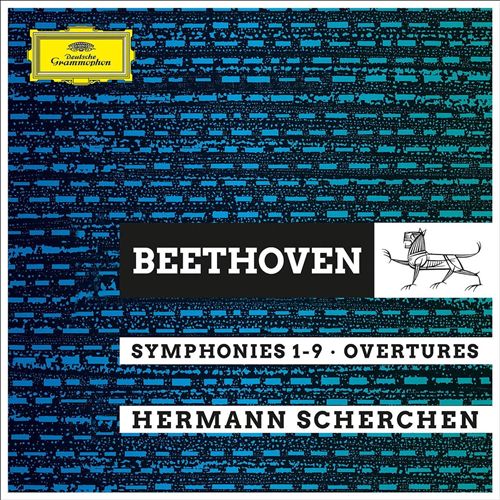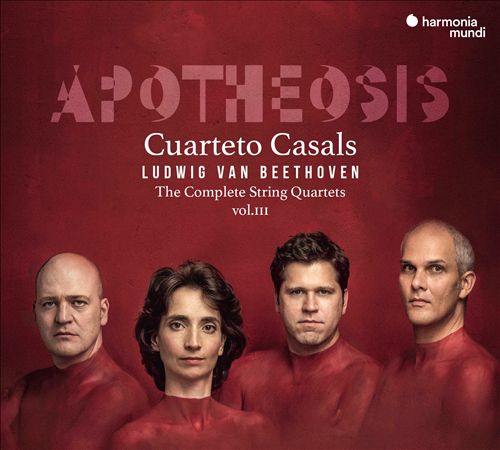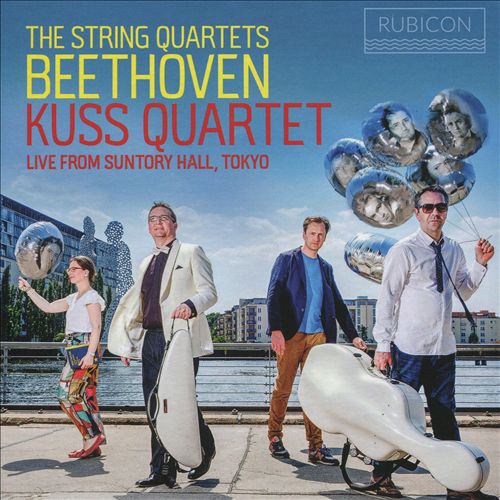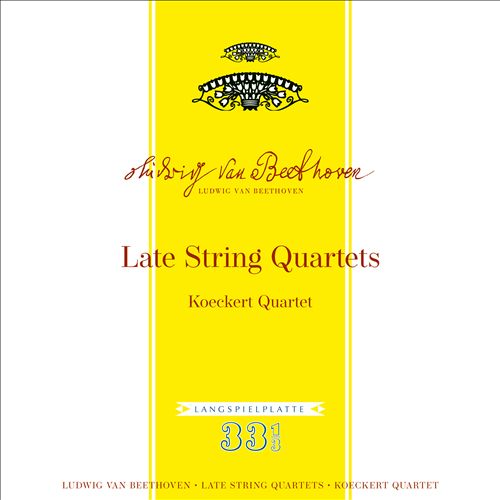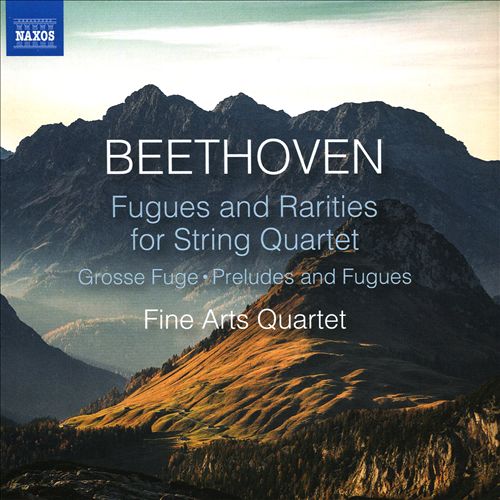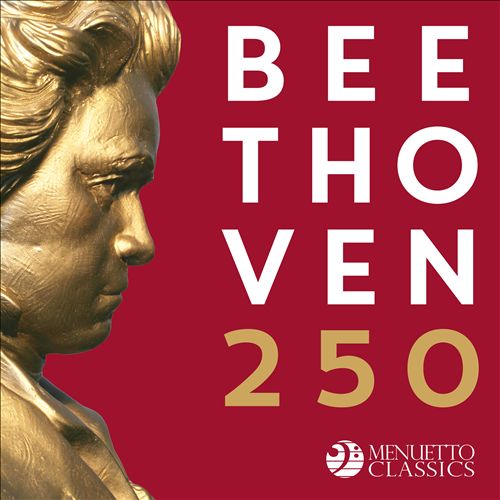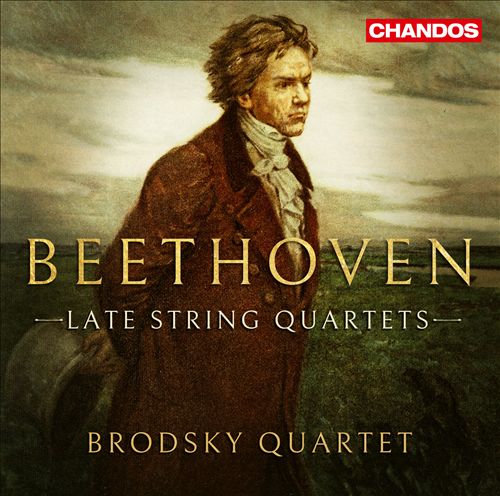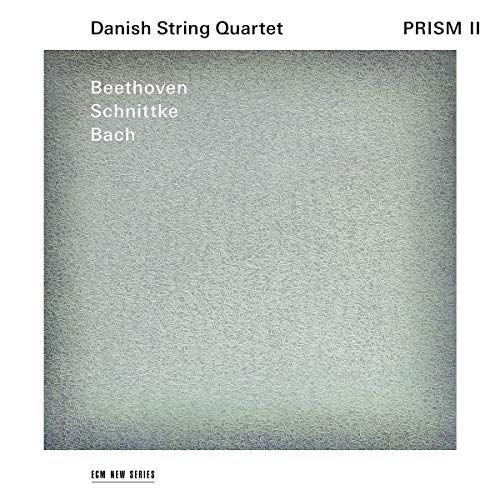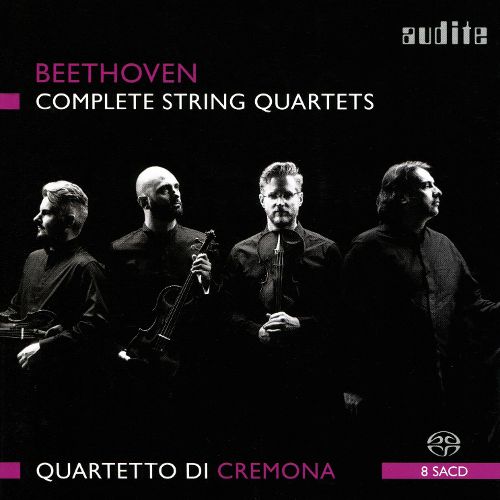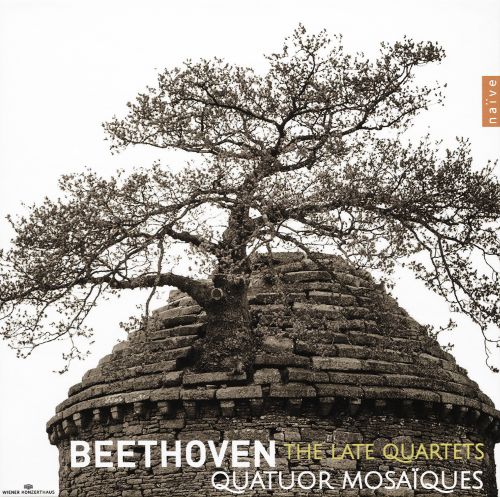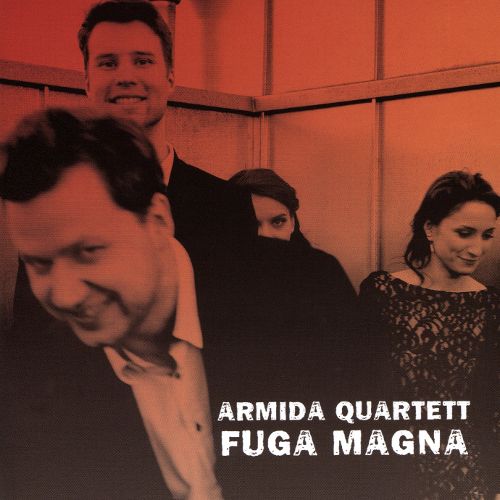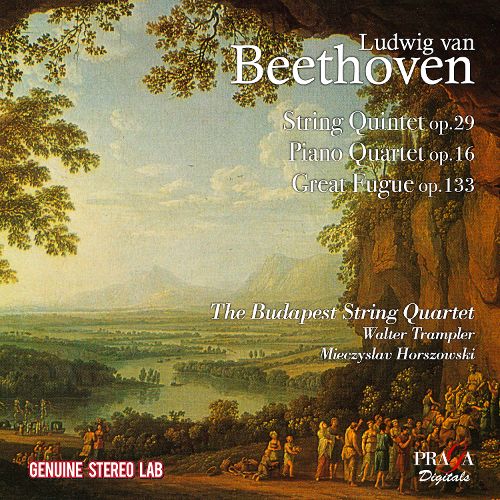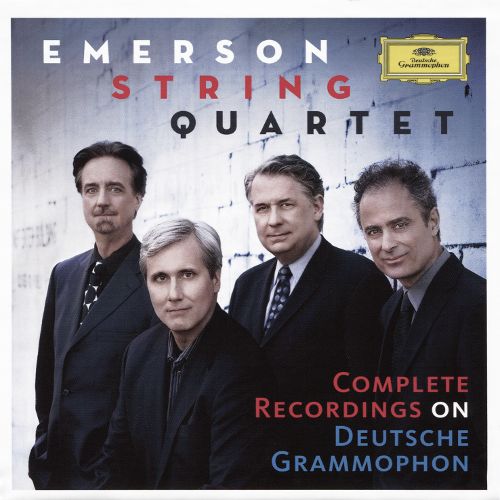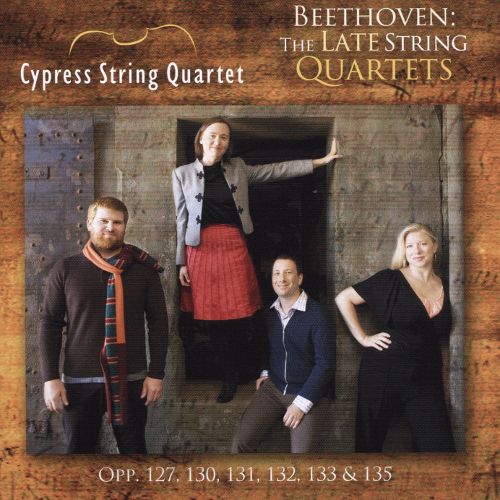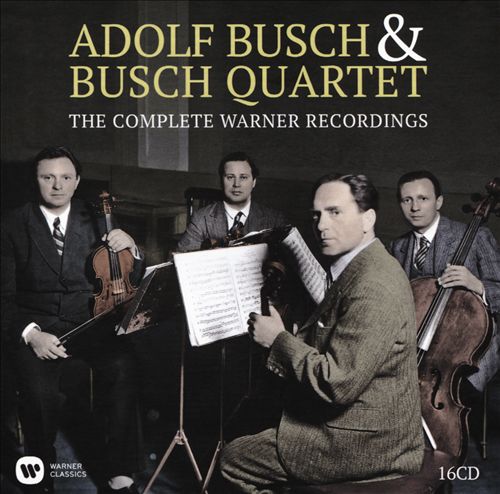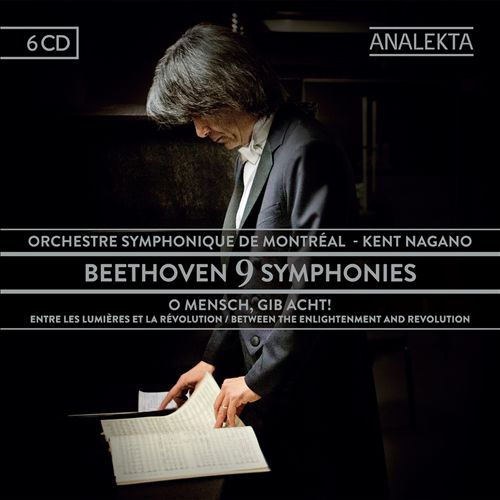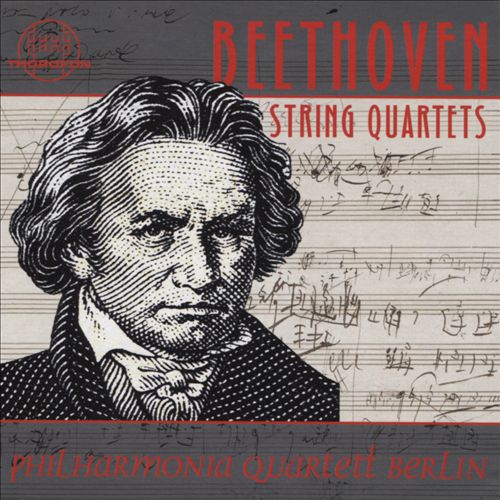Ludwig van Beethoven (루트비히 판 베토벤)
Fugue for string quartet in B flat major, Op. 133 "Grosse Fuge"
100
10,000
1,400
WORK INFO
The Große Fuge (, also known in English as Great Fugue or Grand Fugue), Op. 133, is a single-movement composition for string quartet by Ludwig van Beethoven. A massive double fugue, it was universally condemned by contemporary critics. A reviewer writing for Allgemeine musikalische Zeitung in 1826 described the fugue as "incomprehensible, like Chinese" and "a confusion of Babel". However critical opinion of the work has risen steadily since the beginning of the 20th century. The work is now considered among Beethoven's greatest achievements. Igor Stravinsky said of it, "[it is] an absolutely contemporary piece of music that will be contemporary forever." The Große Fuge originally served as the final movement of his Quartet No. 13 in B♭ major (Op. 130), written in 1825. But Beethoven's publisher, who was concerned about the dismal commercial prospects of the piece, urged Beethoven to replace the fugue with a new finale. Beethoven complied, and the Grosse Fuge was published separately in 1827 as Op. 133. It was composed when Beethoven was almost completely deaf, and is considered to be part of his set of late quartets. It was first performed in 1826, as the finale of the B♭ quartet, by the Schuppanzigh Quartet. Analysts describe the Große Fuge as "inaccessible", "eccentric", "filled with paradoxes", and "Armaggedon". "[It] stands out as the most problematic single work in Beethoven's output and … doubtless in the entire literature of music," writes Joseph Kerman of the fugue. It is also notoriously difficult to play.
Beethoven originally composed the Große Fuge as the final movement of his String Quartet No. 13 (Op. 130). His choice of a fugal form for the last movement was well grounded in tradition: Haydn, Mozart, and Beethoven himself had used fugues as final movements of quartets. But in recent years, Beethoven had become increasingly concerned with the challenge of integrating this Baroque form, that was academic and highly formalized, with the expressive impulses of Romanticism. "In my student days I made dozens of [fugues]... but [imagination] also wishes to exert its privileges... and a new and really poetic element must be introduced into the traditional form," Beethoven wrote. The resulting movement was a mammoth work, longer than all the other movements of the quartet together. Beethoven wrote at the top of the score, "Grande fugue tantôt libre, tantôt recherchée" (a grand fugue, sometimes free, sometimes learned), an indication of his ambition to reconcile the academic and the romantic. The fugue is dedicated to the Archduke Rudolf of Austria, a friend and patron.From WIKIPEDIA
RELEASED ALBUMS
-
Ludwig van Beethoven: Late String QuartetsMay 16, 2025
-
Beethoven: The Complete String QuartetsNovember 1, 2024
-
Beethoven: String Quartets, Vol. 2October 18, 2024
-
Beethoven & SchubertFebruary 9, 2024
-
Beethoven, Brahms, MendelssohnFebruary 2, 2024
-
Beethoven: Complete String QuartetsNovember 17, 2023
-
Fitzwilliam Quartet: Complete Decca RecordingsApril 7, 2023
-
Beethoven: The Late QuartetsFebruary 3, 2023
-
Beethoven Complete String Quartets, Vol. 3: The Late QuartetsOctober 14, 2022
-
30 Years Praga DigitalsJanuary 28, 2022
-
Beethoven: String Quartet No. 13, Op. 130 & Grosse Fuge, Op. 133June 11, 2021
-
Classic 100 BeethovenJuly 3, 2020
-
Beethoven Around the World: The Complete String QuartetsMay 15, 2020
-
Beethoven: Symphonies 1–9; OverturesMay 1, 2020
-
Apotheosis: Beethoven - Complete String Quartets, Vol. 3April 10, 2020
-
Beethoven: The String Quartets - Live from Suntory Hall, TokyoMarch 27, 2020
-
Ludwig van Beethoven: Late String QuartetsFebruary 28, 2020
-
Beethoven: Fugues and Rarities for String QuartetJanuary 24, 2020
-
Beethoven 250 [Menuetto Classics]January 17, 2020
-
Beethoven: Late String QuartetsJanuary 3, 2020
-
Prism II: Beethoven, Schnittke, BachSeptember 13, 2019
-
Beethoven: Complete String QuartetsJuly 6, 2018
-
Beethoven: The Late QuartetsNovember 3, 2017
-
Fuga MagnaSeptember 8, 2017
-
Ludwig van Beethoven: String Quintet Op. 29; Piano Quartet Op. 16; Great Fugue Op. 133September 8, 2017
-
Complete Recordings on Deutsche GrammophonJuly 15, 2016
-
Beethoven: The Late String Quartets, Opp. 127, 130, 131, 132, 133 & 135May 6, 2016
-
Adolf Busch & Busch Quartet: The Complete Warner RecordingsNovember 13, 2015
-
Beethoven: 9 Symphonies - O Mensch, Gib Acht!November 6, 2015
-
Beethoven: String QuartetsAugust 14, 2015
FEATURED MOVIES
-
 16:59베토벤: 현악 4중주를 위한 푸가 B flat장조 Op. 133 "대푸가"Oct. 28, 2012John Philip Sousa Band Hall in Washington, D.C
16:59베토벤: 현악 4중주를 위한 푸가 B flat장조 Op. 133 "대푸가"Oct. 28, 2012John Philip Sousa Band Hall in Washington, D.C
ALBUM MUSIC
WORKS SHOUTS



